This is actually the truly crazy (and heavy!) RF200-800mm, with F9 at 800mm (and they do one even madder at x4 the price or so).
Sadly, Canon don't let others use their RF interfaces, so I'd guess Sigma, etc. don't try hard to work with Canon anymore.
I know for birds the ideal is closer to the suggested 1/2000s, but in practice that seems out of reach without doing bad things to the ISO with this lens/body. While the camera was doing auto-ISO to 100-350, the photos needed quite a bit of increased brightness when processing (RAW of course) to bring out the bird, so there was little to spare. And this, in sunshine. If I'd been thinking, some exposure compensation on the camera would have been sensible, but I doubt the end result would be much better.
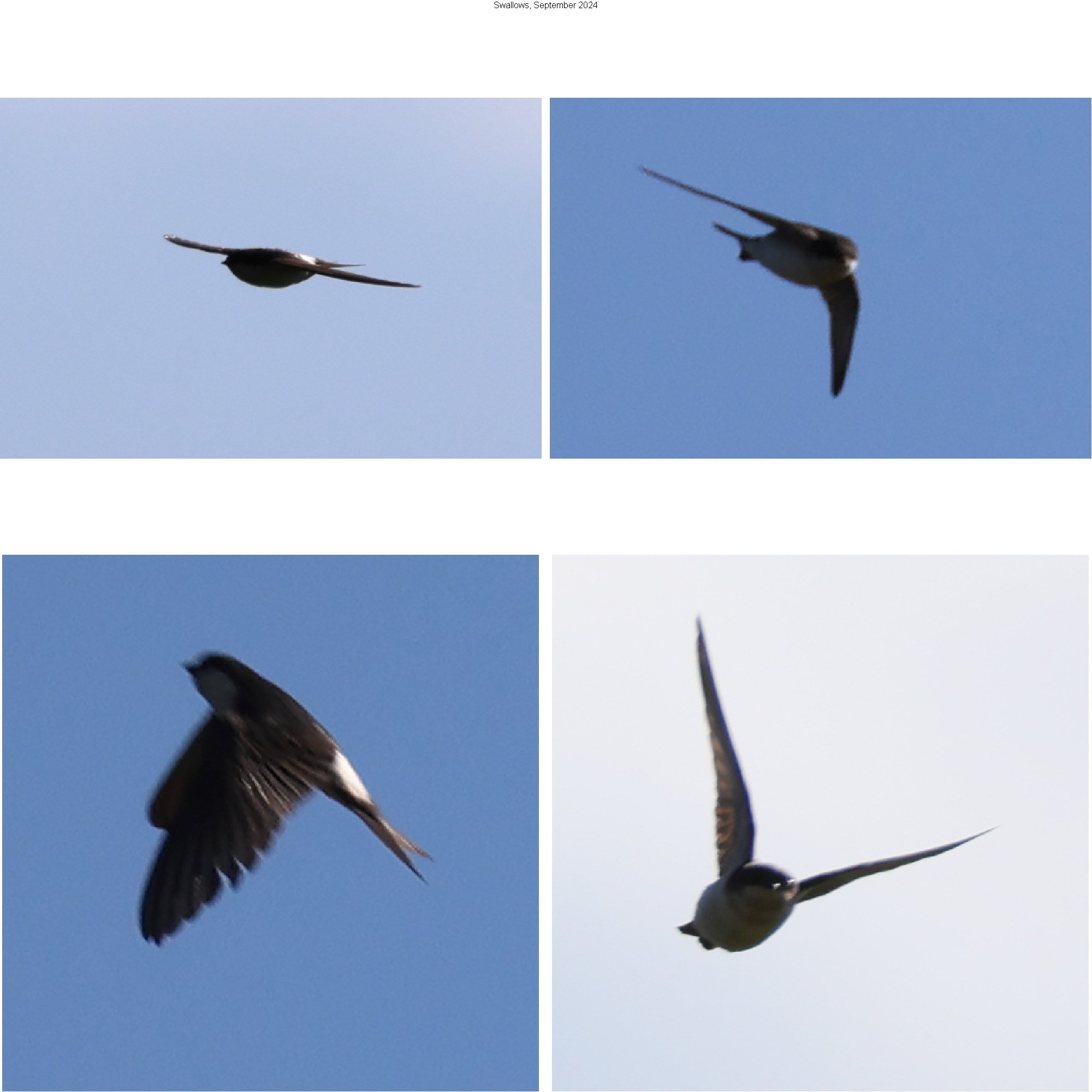
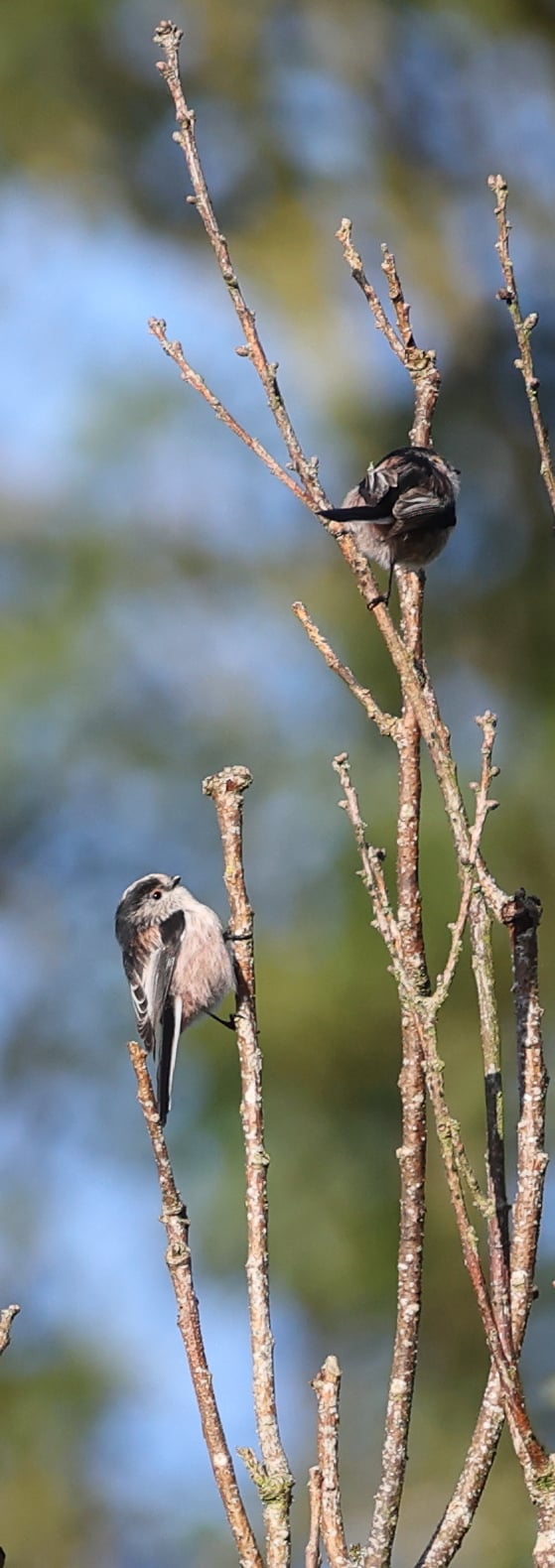

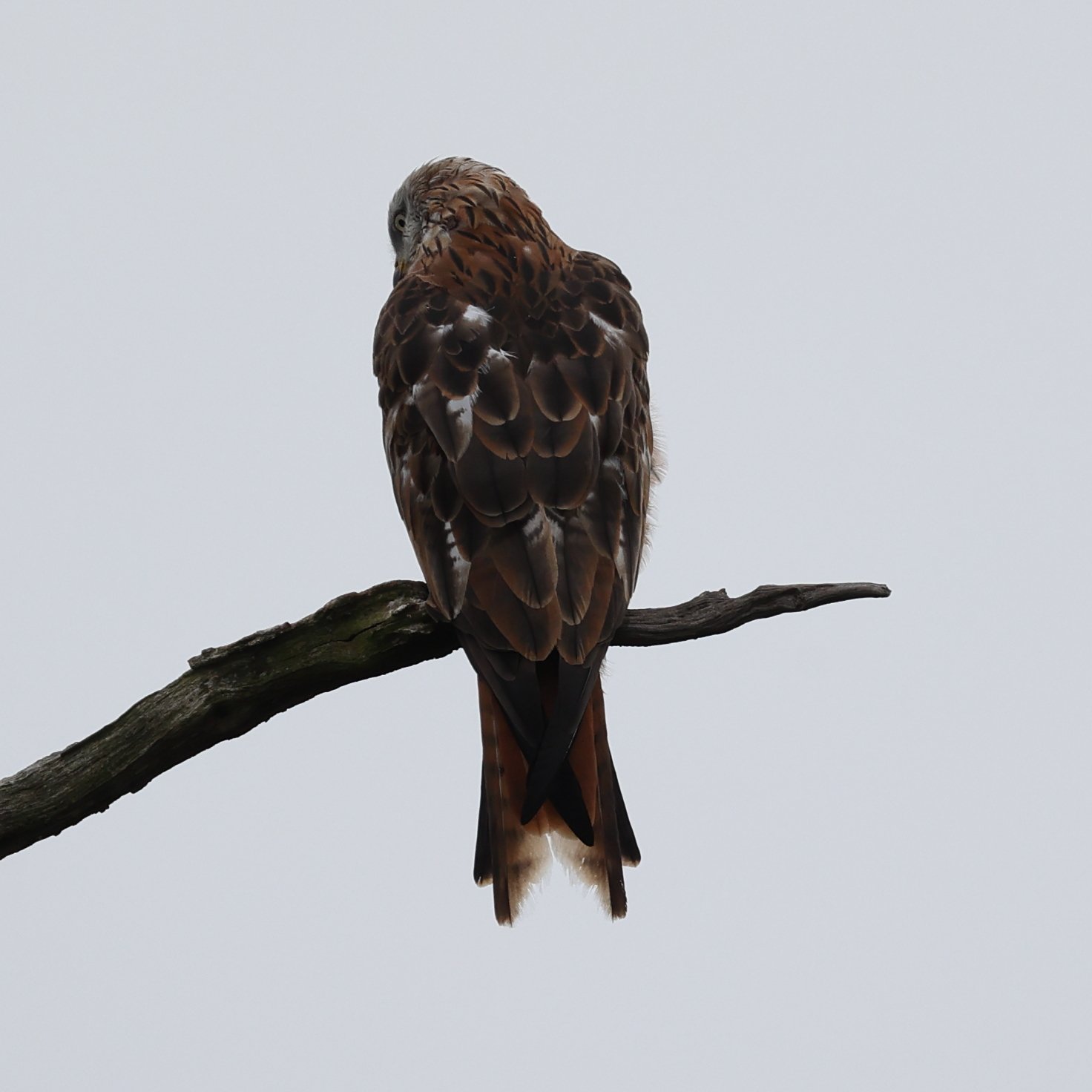

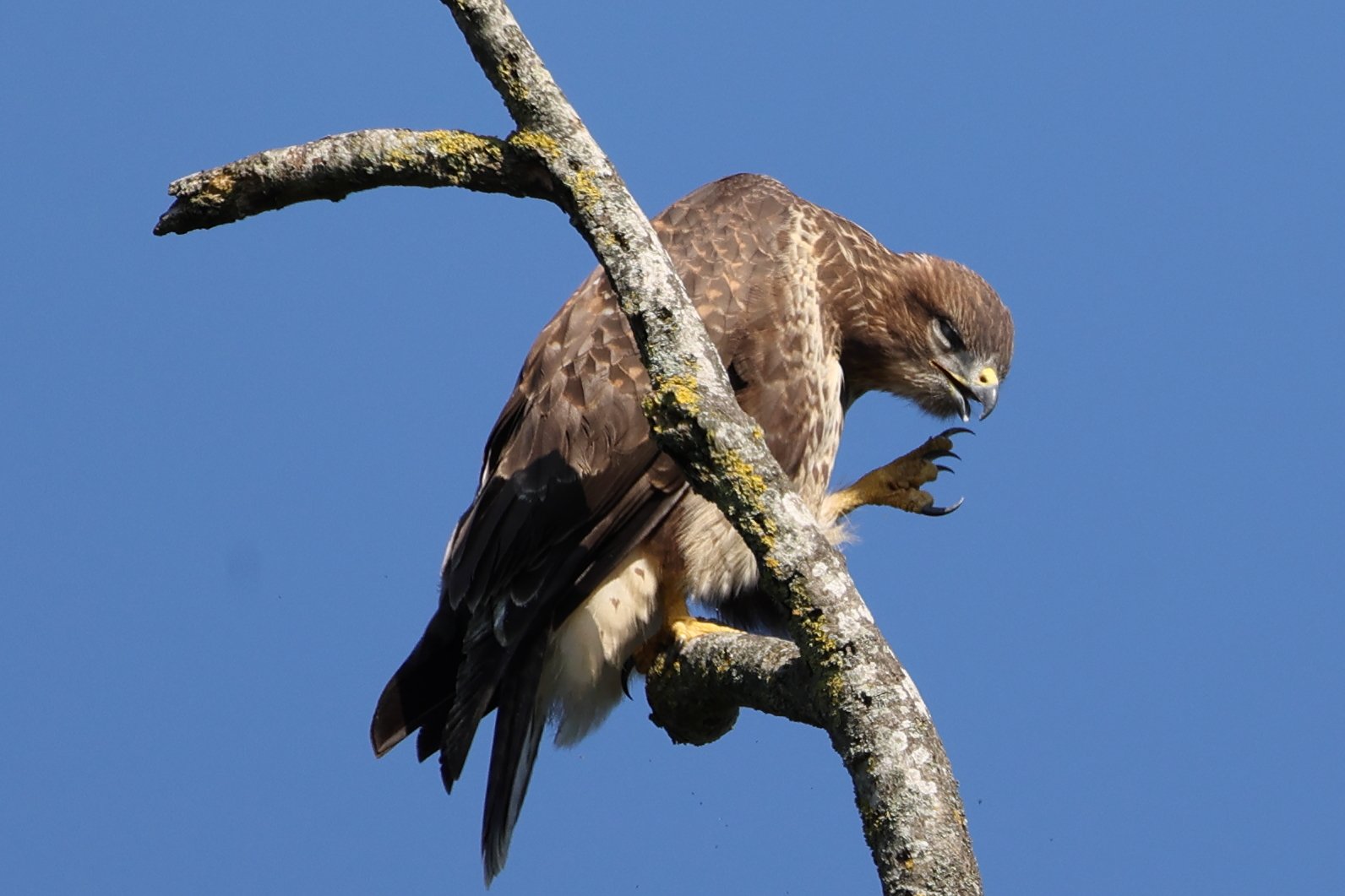
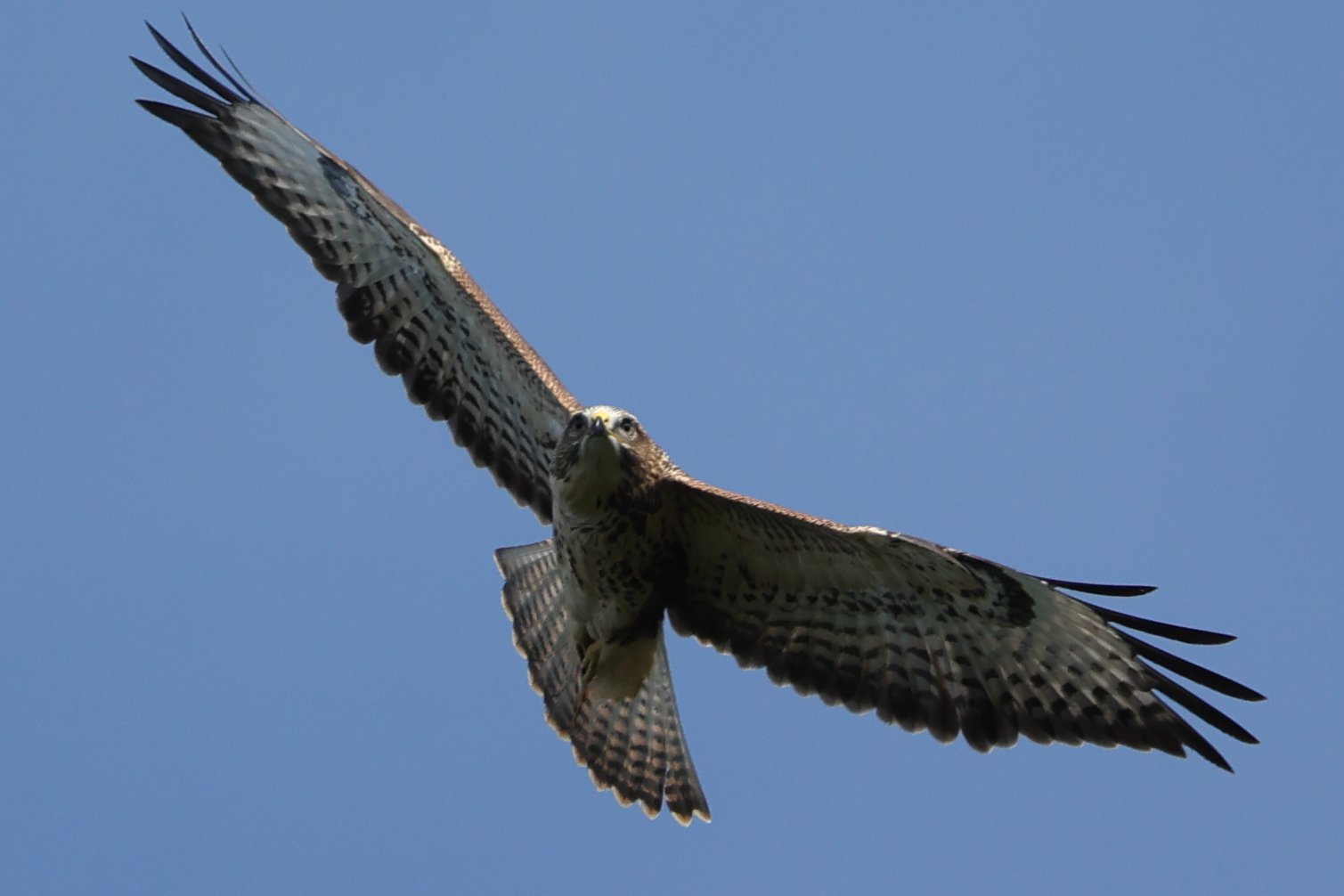
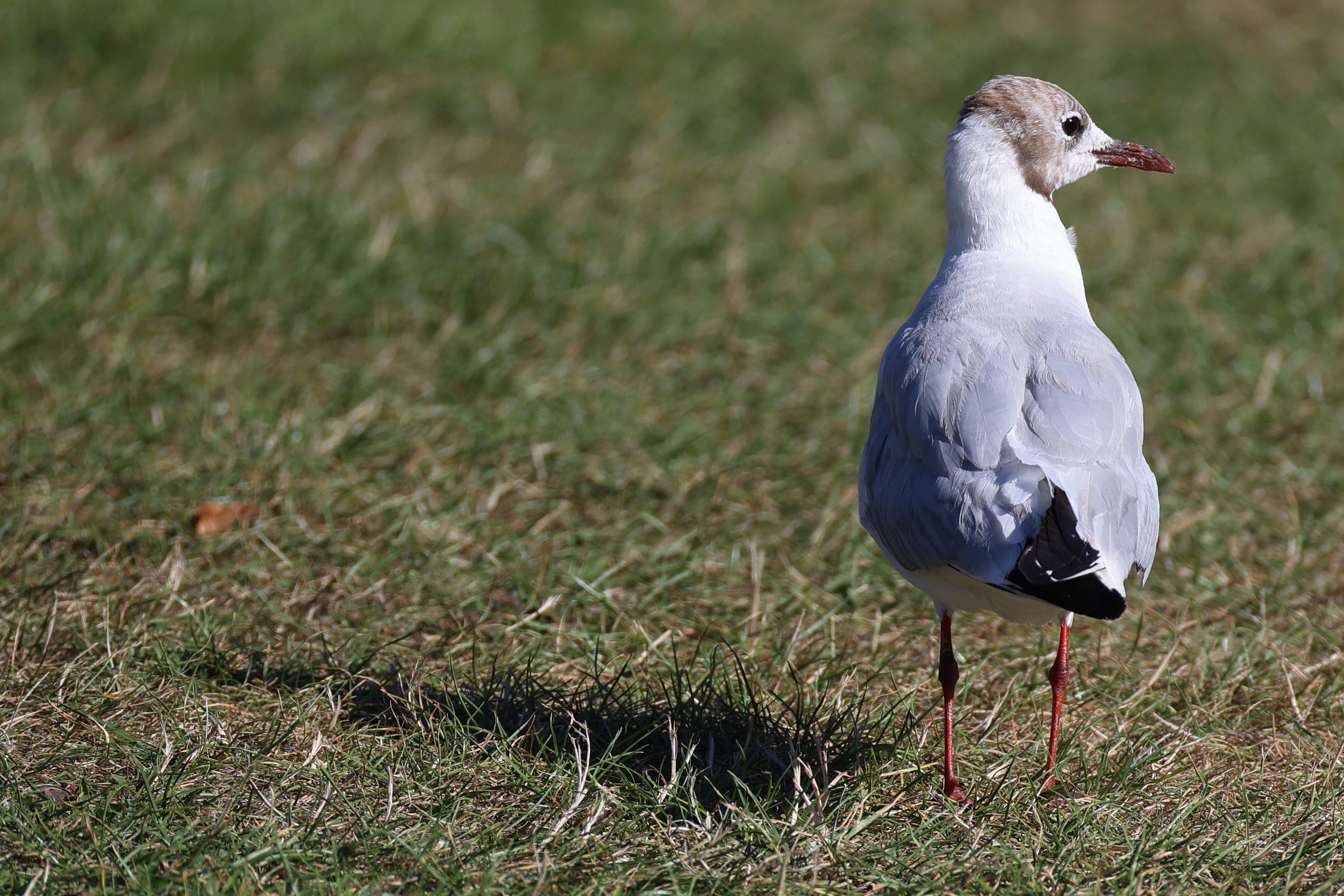
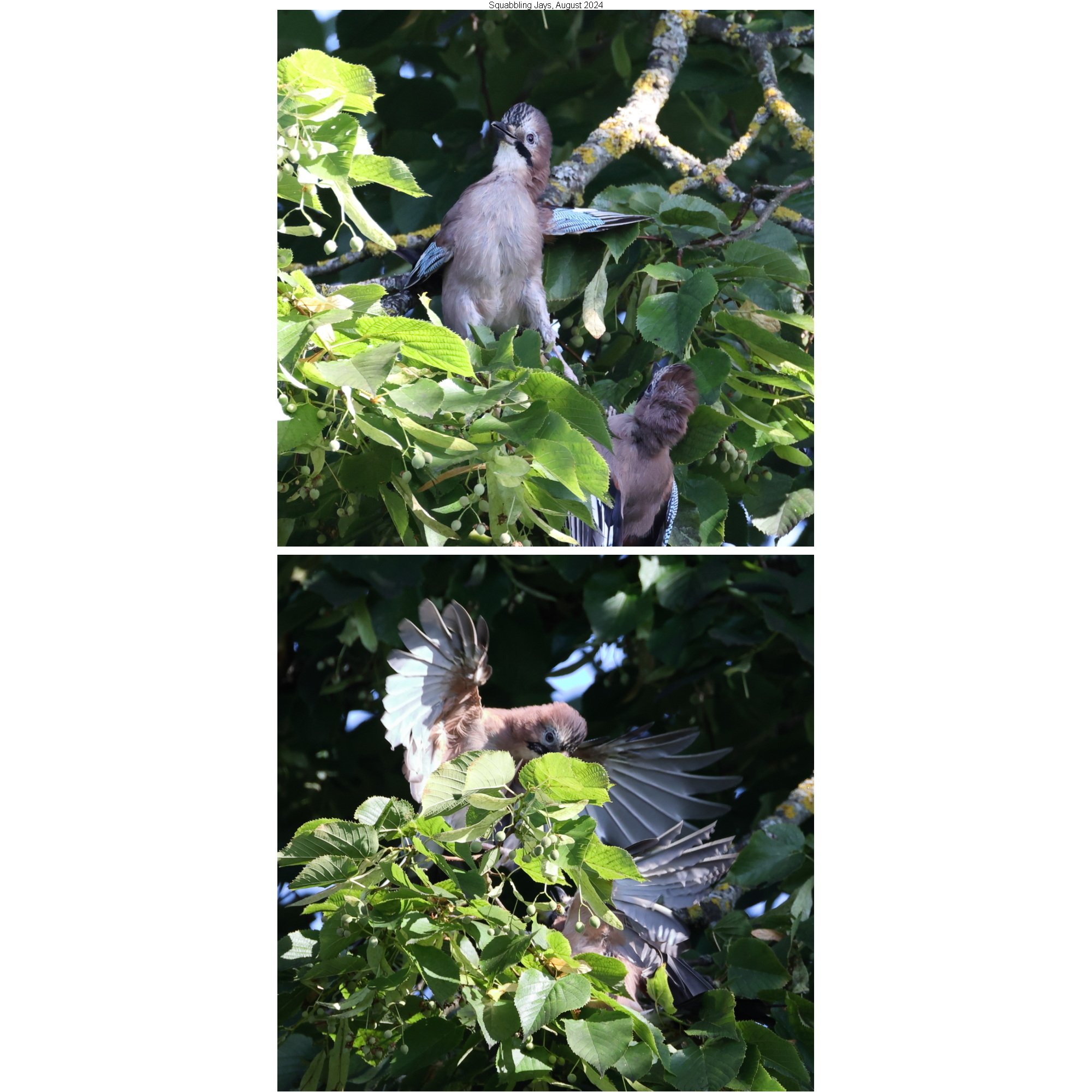
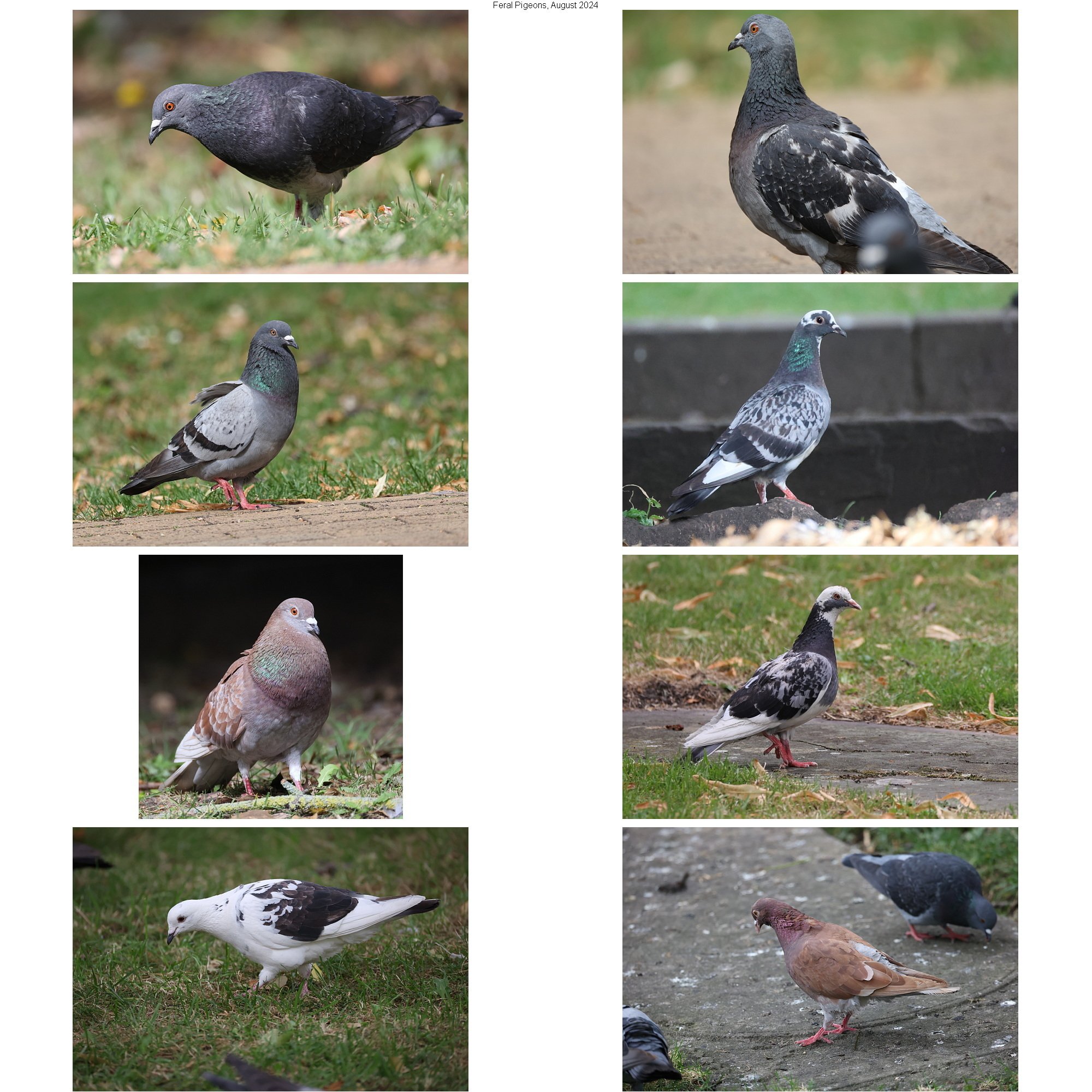
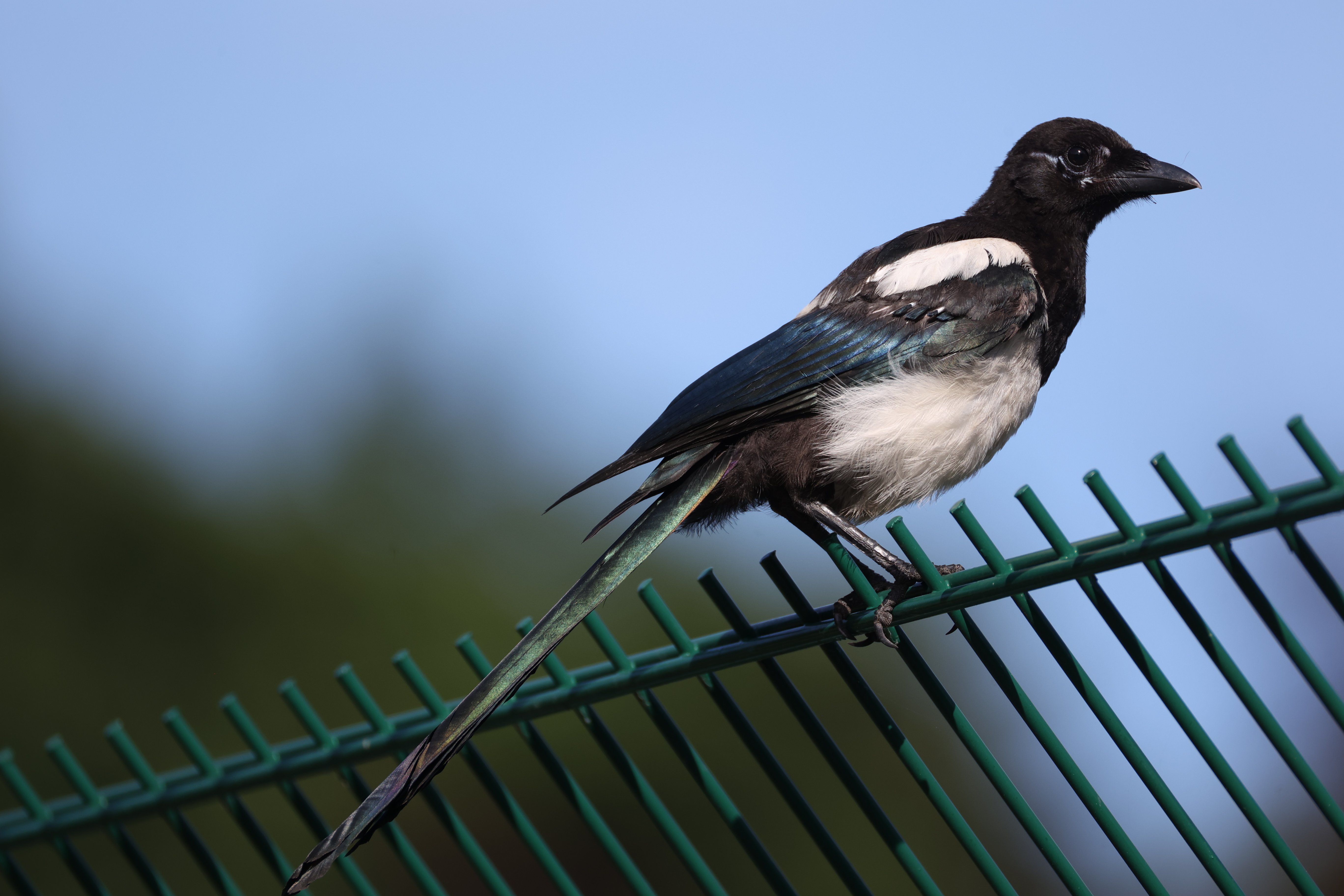

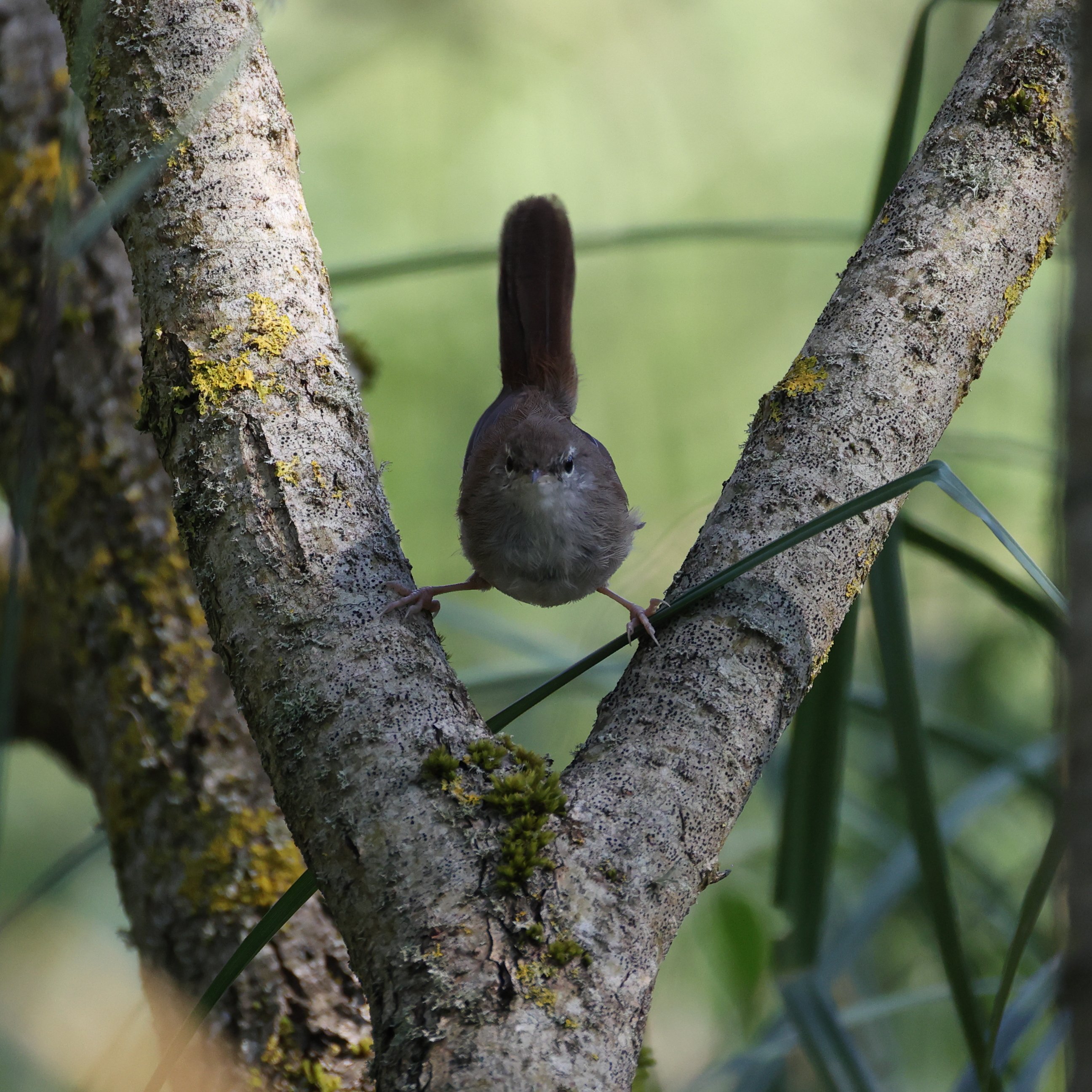
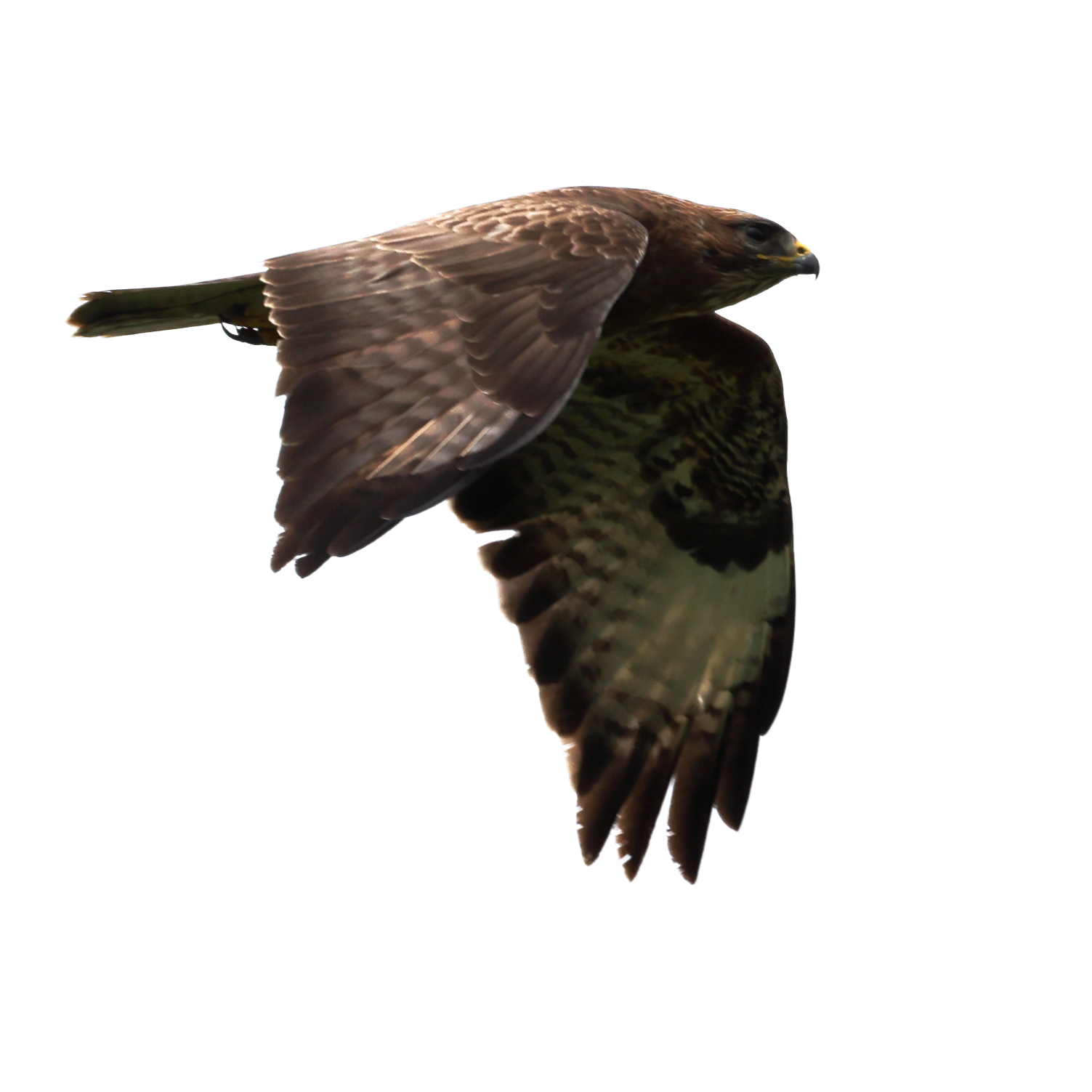
Nice - which wagtail is that?